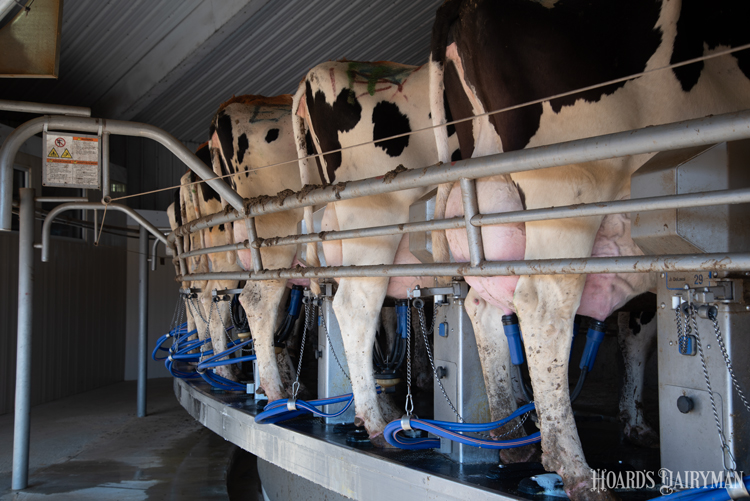
The national numbers are in from USDA, and last year’s milk production remained nearly level with production totals from 2022. In 2023, U.S. dairy herds produced 226.364 billion pounds of milk, down just slightly from the 226.462 billion pounds recorded in 2022.
U.S. milk production has remained relatively stable the past three years, but before that, there was a notable jump. Since 2018, national milk production climbed 4%.
Output rose slightly in the Midwest and Northeast, which were up 1.4% and 0.9%, respectively. On the flip side, production fell 1.3% in both the West and Southeast. While production has been on a consistent decline in the Southeast region, this dip in the West follows years of growth. Over the last five years, production there has expanded by more than 4%, despite the decline in 2023. The Southeast has reduced milk output by 10.4% during that same time.
In the Northeast, output has been stable, down just 0.3% from five years ago. Meanwhile, the Midwest was the production leader over the last five years, growing output by 7.5%. This positive change was led in part by tremendous growth from South Dakota, where production rose another 7.9% in 2023 and was up a whopping 65.9% over the last handful of years. Other Midwest states posting double digit growth during that same five-year period were Kansas and Michigan, each rising more than 12%.
The size of the national herd has also not changed much in recent years. There were 9.386 million cows in the U.S. in 2023; that was down just 0.2% or 16,000 head from 2022.
Similar to the trend in milk production, cow numbers grew slightly in the Midwest (0.8%) and Northeast (0.1%). On the other hand, cow numbers were down 0.6% in the West and 2.3% in the Southeast.
Average milk production per cow was 24,117 pounds. That was up 30 pounds from the year before. Milk per cow has taken a significant 1,203-pound leap over the past five years.
These numbers and many more dairy statistics can be found in the March 2024 issue of Hoard’s Dairyman.








